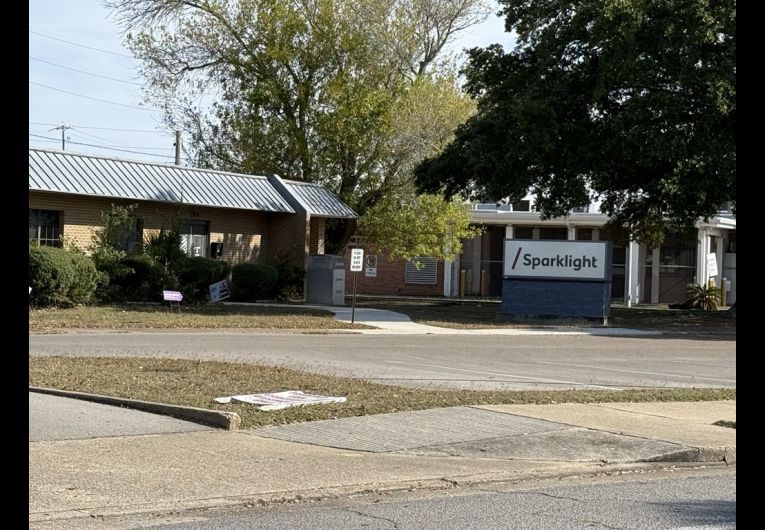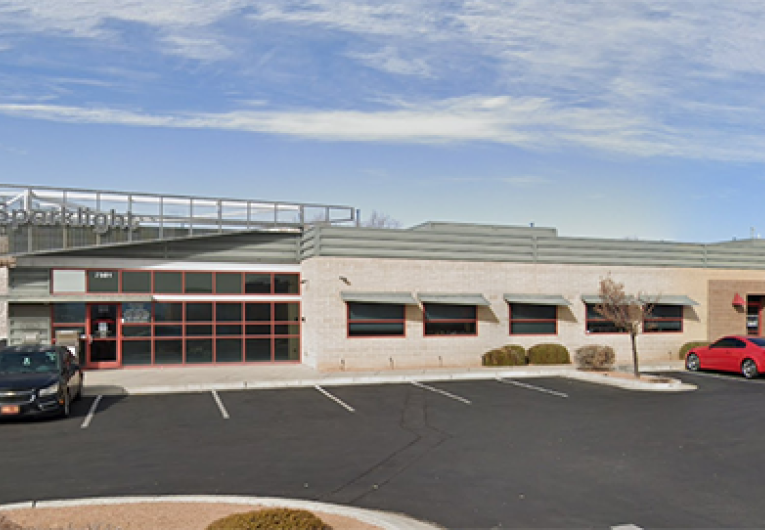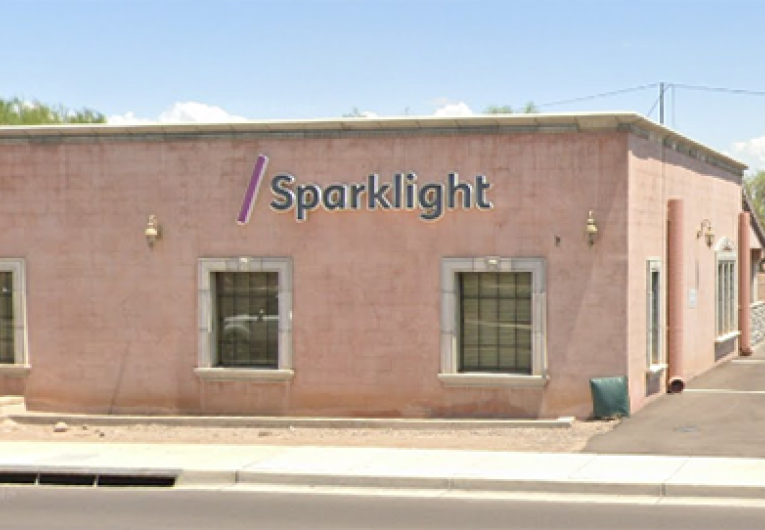
"Metropolitan Area Network" FAQs
According to Pew Research, over 64 percent of Americans now have a smartphone. As we become increasingly dependent on technology, decision-makers look for more effective ways to incorporate network technologies to cut cost and streamline processes while meeting the incredible demands for data.
Enter the metropolitan area network connection or Metro E. It's here today, and it's the future of connectivity. Let's explore how it works.
What is a metropolitan area network connection?
A metropolitan area network is a geographically based network that connects users with internet resources. It most often refers to a city-based or campus-based network. But it can connect a business as well.
It's much larger than a local area network, which is a group of computers connected together. But it's smaller than many wide area networks. A WAN is typically an enterprise-based network that can span many locations across the country or world.
How does a metropolitan area network work?
A metropolitan area network features a WAN that's built around a city or a section of a city. It connects all of the networks in the city into a single larger network.
This network connects employees across the various agencies with shared resources.
A MAN can connect systems, people and equipment through the "internet of things." If a traffic light goes out on the edge of the city, the responsible party could know immediately, depending on how the network is set up.
What are the benefits of a Metro E?
Just like a LAN or a WAN, a metropolitan area network WAN allows a large entity, like a city government or university, to pool resources to slash inefficiencies in the budget.
This results in the following cost-saving benefits:
- It reduces the number of licenses needed for various applications. Resources are shared.
- You only need one firewall, streamlining your data security, keeping people safer.
- It minimizes data entry and data warehousing duplications. Information can up uploaded in one place, and everyone on the network has access.
- It cuts down mistakes that happen when the left hand (Department A) doesn't know what the right hand (Department B) is doing.
- The metropolitan area network speed can meet even the toughest data-transfer demands over a large area
What's a metropolitan area network example?
Metropolitan area network WANs can currently be found in major cities such as:
- London, England.
- Lodz, Poland.
- Geneva, Switzerland.
Some large universities also use metropolitan area networks on campus, including:
- Stanford University.
- Carnegie Mellon University.
In addition, some businesses that have large campuses use metropolitan area network connections, including:
- Google.
- Microsoft.
What are metropolitan area network features?
A Metro Ethernet can be large or small. It can consist of a network running throughout a whole city, as we see in London. Or it can connect several buildings within a smaller geographical location as we see on campus-based networks such as Google's.
A metropolitan area network will be owned by a single organization, such as a:
- City government.
- University.
- Business with multiple buildings in a single geographical location.
It provides high-speed broadband internet throughout the area that needs to share regional resources. And it can be connected to other networks, like a customer network or an extended employee network to expand its reach.
How can I get Metro Ethernet?
Metro Ethernet is a relatively new technology. As it develops, more businesses, universities and cities within a given geographic location will find new ways to use it. It has the potential to significantly cut costs while streamlining data transfer and storage throughout an organization.
Contact Us Today!
To learn more about Ethernet services call Cable ONE Business today.
The trends, insights, and solutions you need to grow your business.
By signing up, you’re subscribing to our monthly email newsletter, The
Wire. You may unsubscribe at any time.
Your information stays safe with us. Learn more about our privacy
policy.











![[#MSP_NAME#] Logo](/themes/sparklight_business/images/transition-logos/migration-banner-logo-[#MSP_CD#].png)
